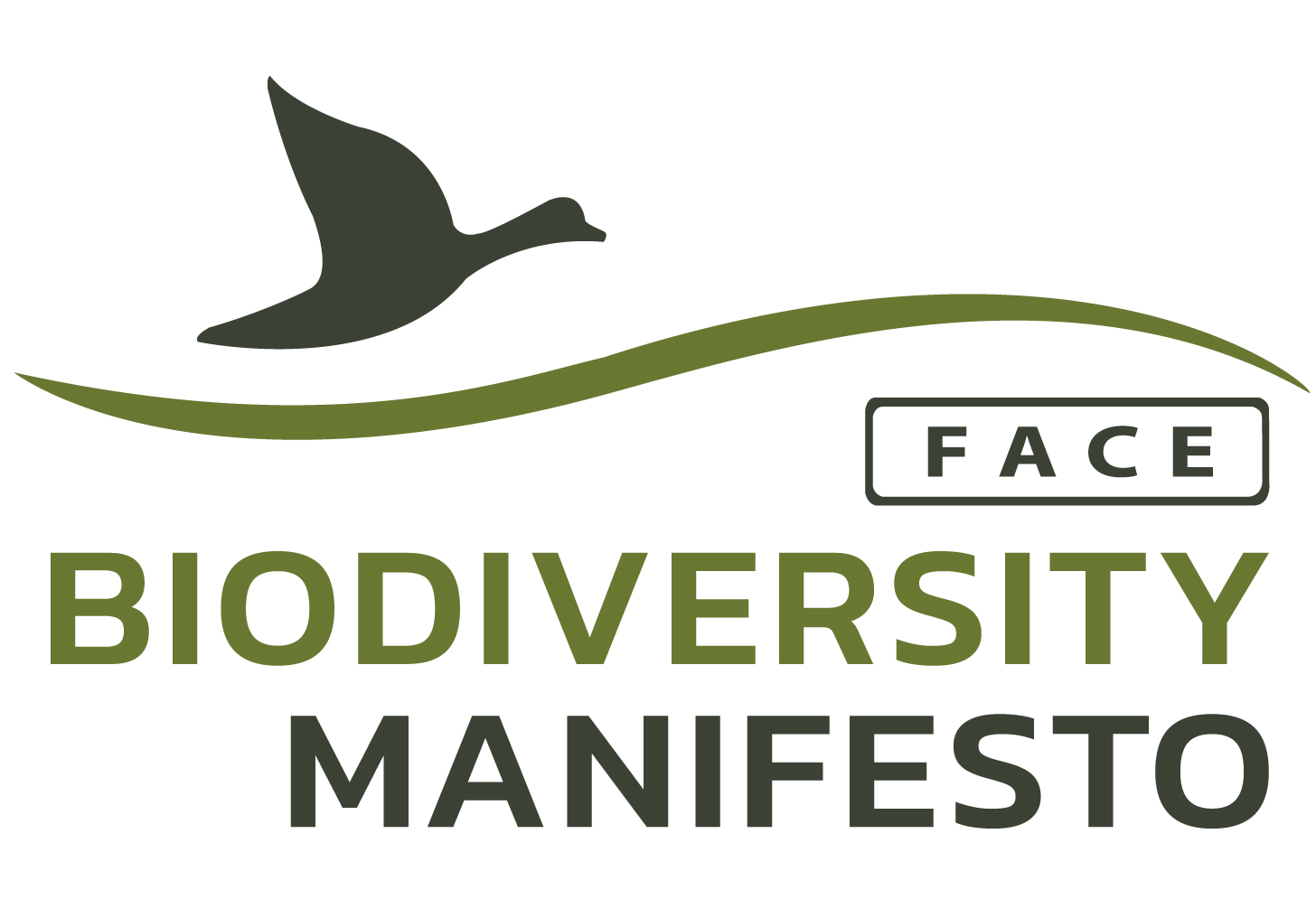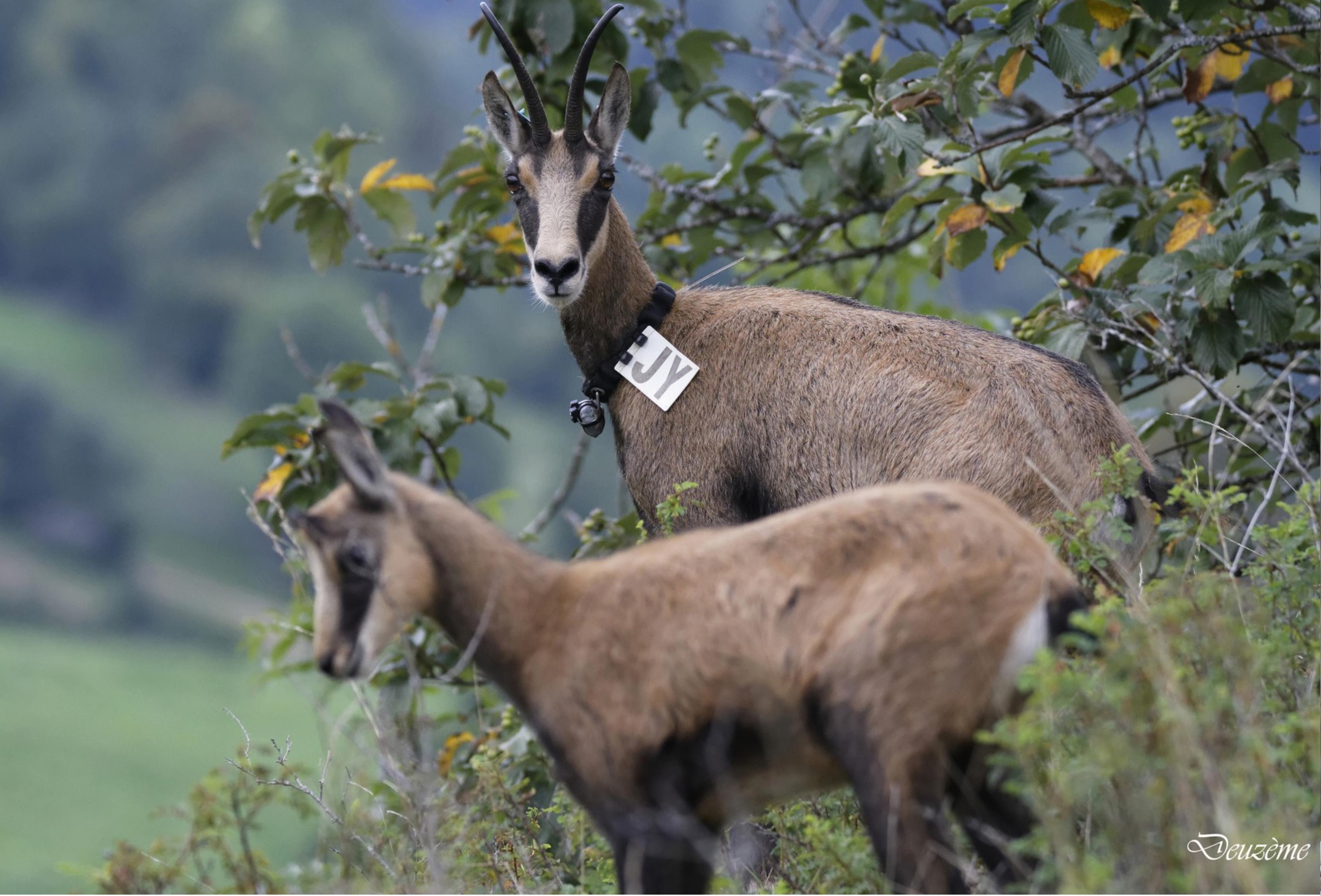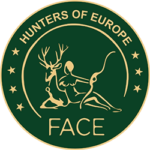The future of all species depends on a well-balanced nature, where every animal, prey and predator, has the opportunity to perform their natural function in the ecosystem. However, in humanized environments such as European habitats, human intervention is crucial to achieve this natural balance in ecosystems. A key tool to accomplish a balanced nature is science-based game management made by hunters who are strongly committed to biodiversity conservation. French hunters are a good example of this commitment.
Programme Prédateur Proies Lynx
The Departmental Hunters’ Federations of Jura, Ain, and Haute-Savoie, the French Biodiversity Office (OFB), and the National Center of Scientific Research (CNRS) launched in 2017 the Programme Prédateur Proies Lynx in the Jura Massif. This program aimed to study the impact of local hunting activities and predation of the Eurasian lynx (Lynx lynx) on the natural function and numbers of prey populations, such as the Roedeer (Capreolus capreolus) and the Chamois (Rupicapra rupicapra). And, with the acquired knowledge, to adapt the management of these prey populations through game management with the goal of achieving ungulate-environment balance in favor of Lynx populations and nature.
This program has the goal of reducing human conflict with the Lynx through a better managed Roedeer and Chamois population, enhancing the conservation efforts for the Lynx and ensuring the coexistence between hunting, Lynx’s populations, and prey species.
Objectives of the Programme Prédateur Proies Lynx:
- To acquire knowledge about the interactions between hunting, Lynx, and Roe deer/Chamois.
- To improve the hunting management of Roe deer and Chamois populations in order to achieve a sustainable balance between ungulates, the environment, and predation.
- To improve the coexistence between hunting and the conservation of the Eurasian lynx.
- To collect knowledge and data necessary for the conservation of the Eurasian lynx (habitat use, diet, health, etc.).
The whole program was divided into 5 minor projects to be implemented over 10 years. The first project focused on the perception of Lynx/ungulates/hunters relationships by local stakeholders while the other four assessed the impact of hunting and Lynx’s predation on Chamois and Roedeer ecology.
Policy Relevance
European hunters have been making an important effort monitoring and managing large carnivores’ populations and their preys, working towards balanced ecosystems in Europe where every species can fulfill its role in nature. The importance of European hunters’ work is recognized by organizations such as the IUCN LCIE (Large Carnivore Initiative for Europe), the Bern Convention, and the EU’s Large Carnivore Platform. Active participation from hunters in the conservation and management of species such as the Brown Bear, Lynx, and Wolf has contributed to the success of these initiatives.
These projects used a methodology based on camera traps and marking animals with GPS transmitters. However, due to the lack of authorization to capture Lynxes, tagging with GPS collars was not possible. This led the project’s Steering Committee to decide to reinvent the project and, in 2021, the ECOLEMM project was created.
Although the objectives of the Programme Prédateur Proies Lynx couldn’t be totally achieved, the first results still confirmed the existence of concerns regarding the ecology of Roedeer and Chamois populations, such as:
- A low adult survival rate of Roedeer compared to other study sites in France;
- Probable health issues;
- Potentially low reproductive success of Chamois despite a decent adult survival rate;
- Questions on the use of habitat by Roe deer and Chamois in response to the effects of hunting, Lynx, but also climate and various factors;
- Challenges of sustainable exploitation of Roedeer and Chamois within the Jura massif.
The project has financial support from the FNC and the OFB through the eco-contribution system.
Source: www.chasseurdefrance.com


